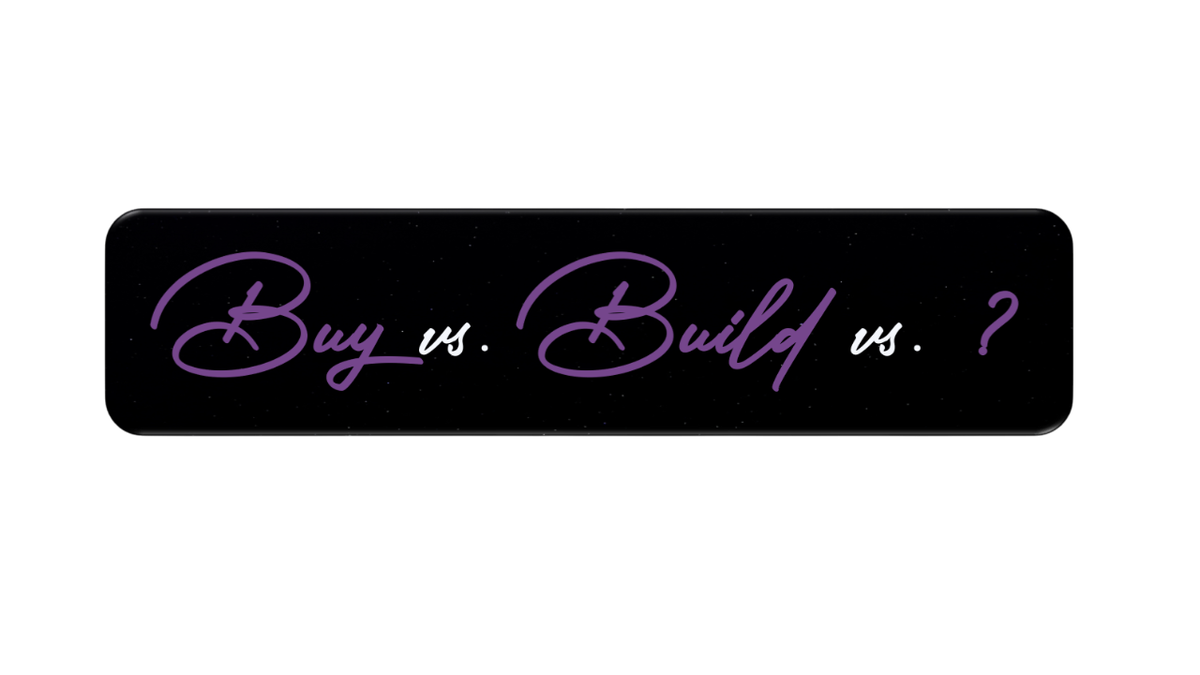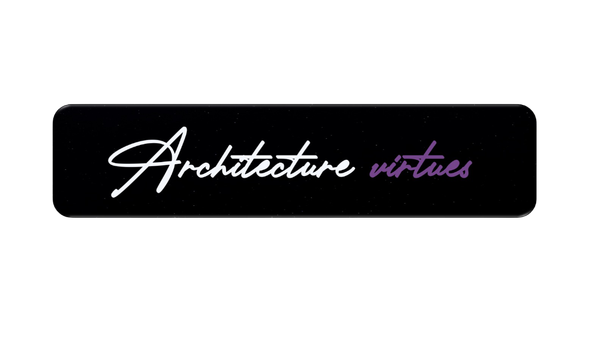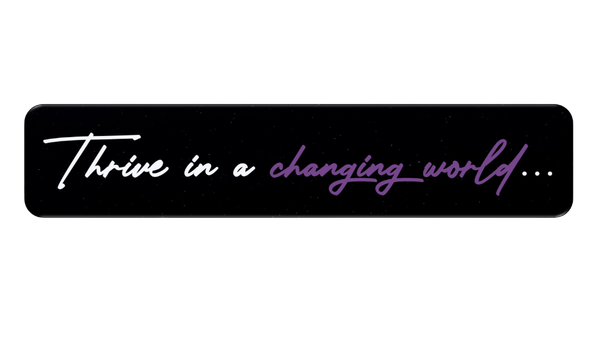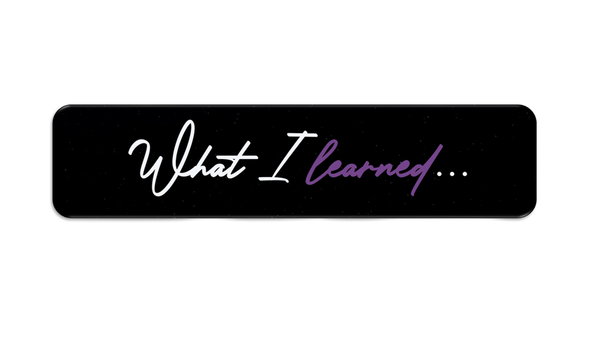Buy vs. Build vs. ?

Buying software from the market vs. creating your own intellectual property. Or is there more to it? Timeless decisions that every organization must make for its own IT estate.
The context of this article
Before we go into details, let’s define the scope. This article is for large enterprises looking to improve their technology and business capabilities. It is not for companies that build and sell software products as their core business.
For product companies, the choice to buy or build is not just technical but rather strategic. It affects their ability to innovate, grow and compete.
This article assumes you have already checked if you own a solution to the problem.
Define Your Needs
Before choosing a third-party solution, ask yourself key questions. Do you really need an external provider for the business capability you want? Not all business capabilities matter equally when comparing your organization to competitors. You must know which ones must be strong and which only need to match others.
Business Capabilities fall into the following categories:




